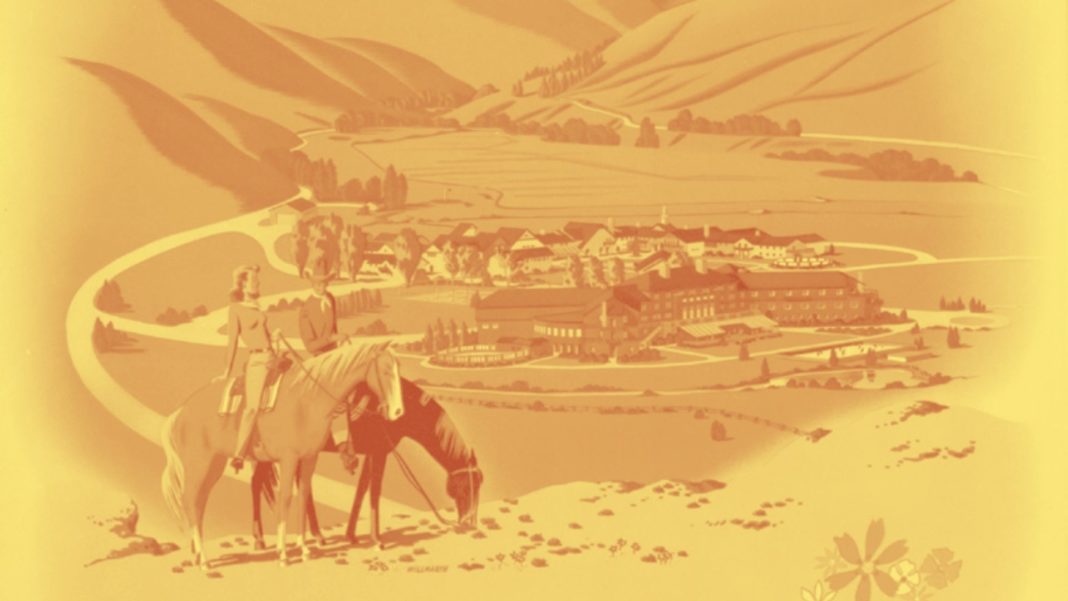
This article is an adaptation of Sun Valley, Ketchum, and the Wood River Valley by John W. Lundin.
Have you ever visited the mountains in the winter, and wondered “how did anyone build anything here?!” Even in the summertime, mountainous conditions present countless challenges to settlement and prosperity. And yet, early settlers of Wood River Valley did.
Idaho’s Wood River Valley is a backcountry gateway to wilderness areas and the popular ski destinations in Ketchum and Sun Valley. Beneath the beautiful runs and sweeping vistas is a history marked by prospecting, conflict, and innovation.
Settlers first arrived in the early 1880s, attracted by a silver rush. By the summer of 1879, more than a dozen mines were operating.By the end of 1879, there were 342 mining locations, and 12 mines were purchased by outside investors for $100,000. Word of the valley’s riches reached the outside world, and many thousands of hopefuls poured in to seek their fortunes.
Beginning in the spring of 1880, prospectors from all over the world seeking their fortunes flooded into the “wonderful Wood River country” and in 1883, the railroad connected the valley to the world beyond its borders, bringing in outside capital through silver mining and later sheep raising.
Pioneering the Wood River Valley
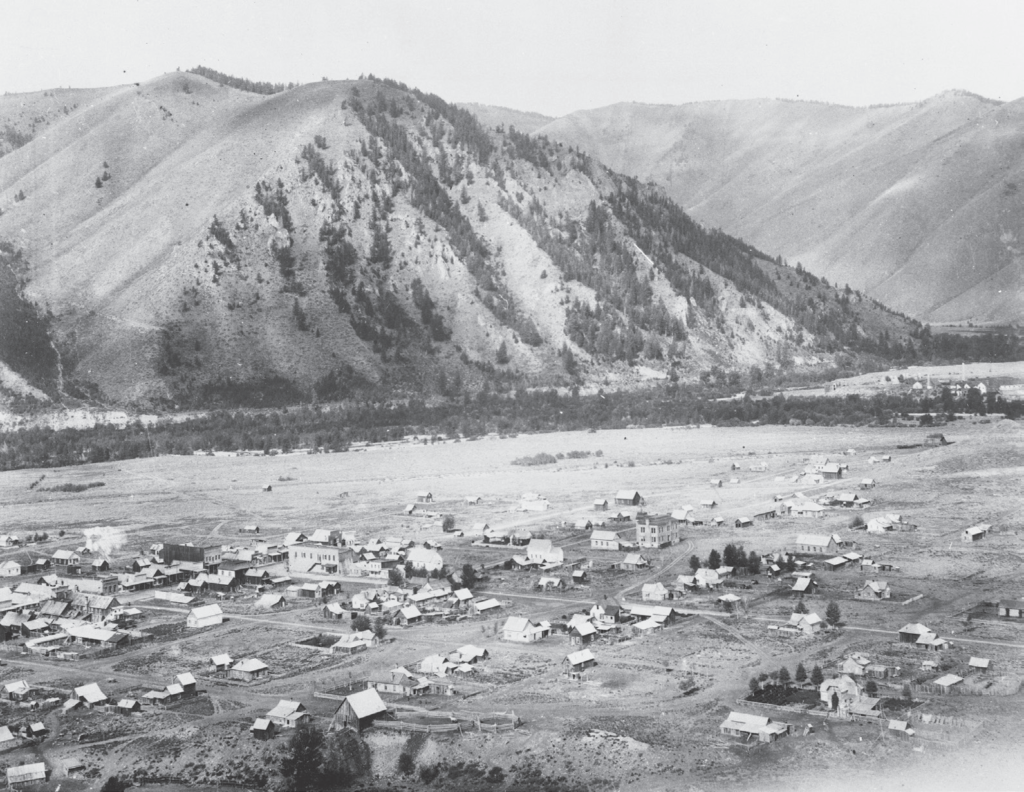
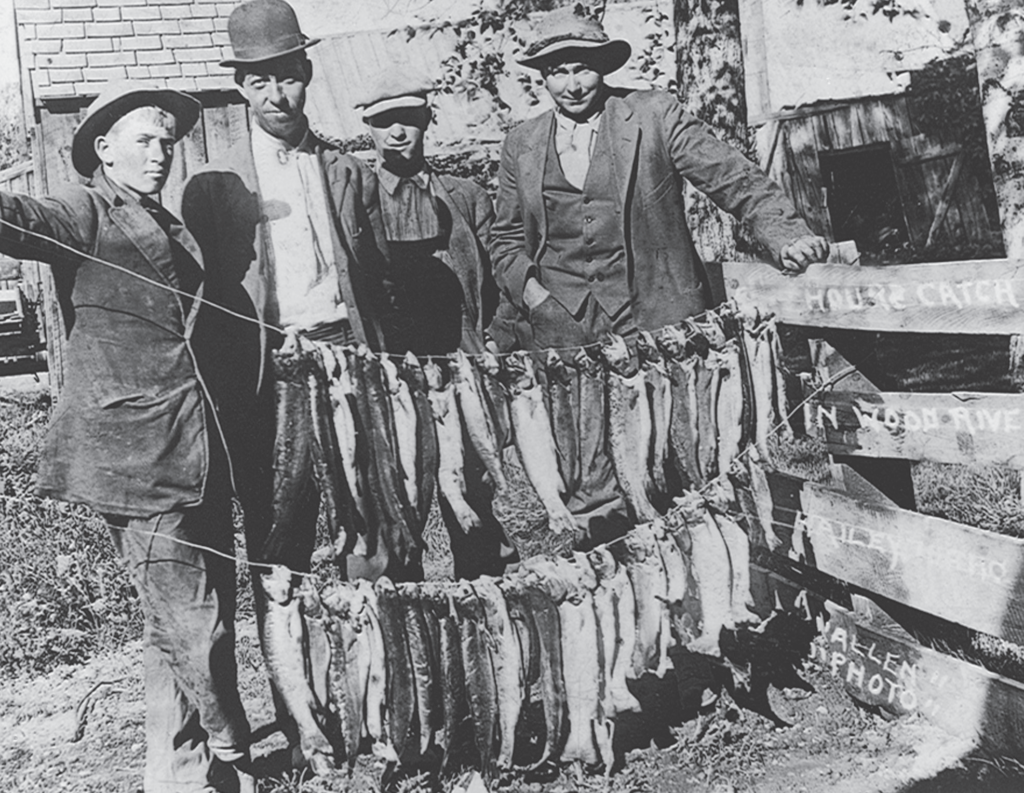
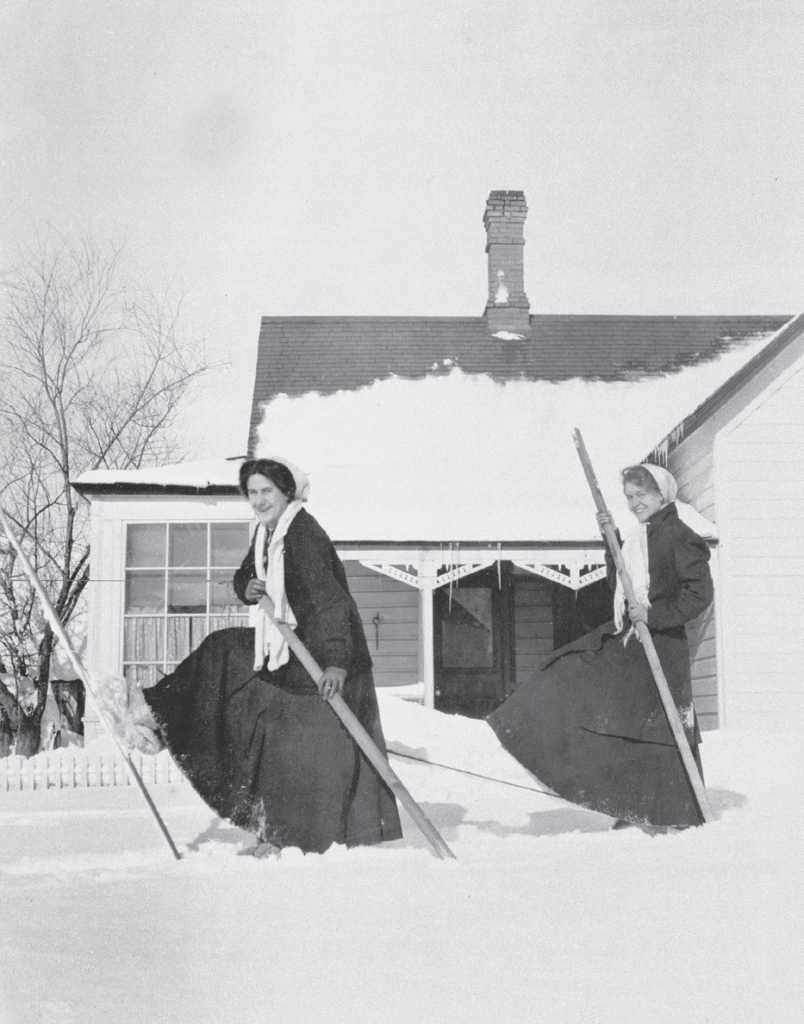
In 1936, during the Great Depression, Union Pacific board chairman Averell Harriman built Sun Valley, the country’s first destination ski resort, spending $2.5 million in two years ($45 million today).
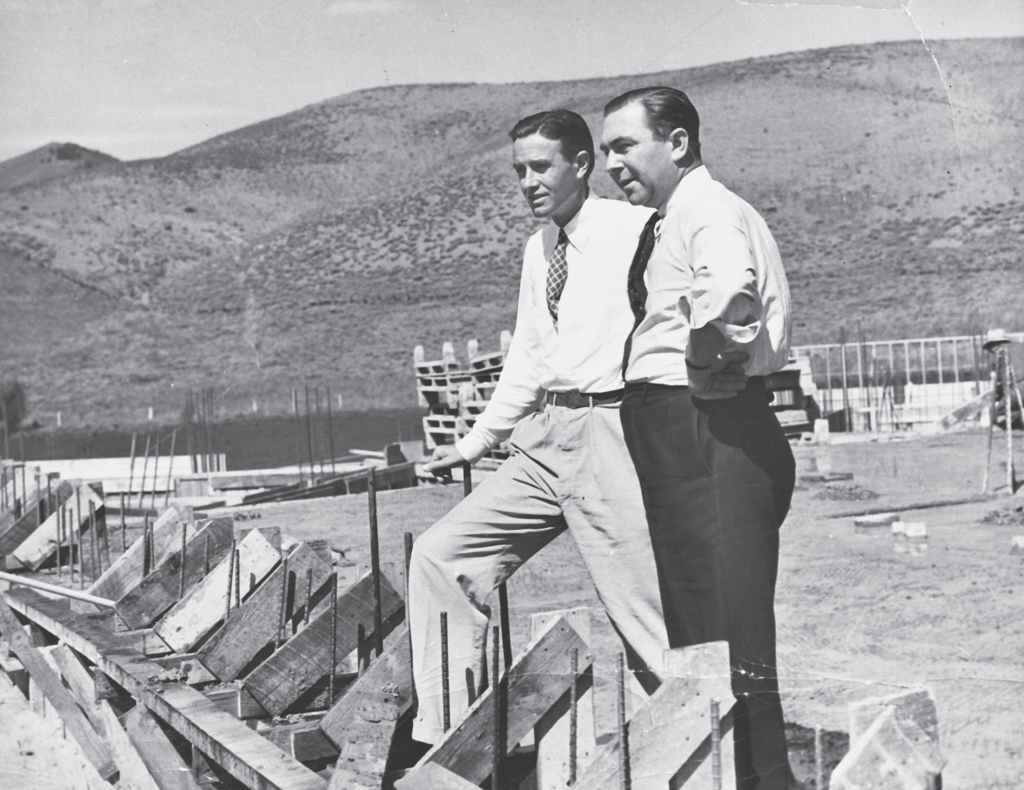
Averell Harriman (right) and publicist Steve Hannigan inspect Sun Valley Lodge under construction. It was designed by architect Gilbert Stanley Underwood, known for designing national park lodges. The lodge was concrete, but raw wood was placed on it when wet, making the exterior appear to be wood. Work started in May 1936, and the resort opened in December 1936. Hannagan named the resort Sun Valley and created a plan for its development.
Sun Valley offered a lavish lifestyle, a luxurious lodge, Austrian ski instructors, and chairlifts invented by Union Pacific engineers. Known as America’s St. Moritz, it was a magnet for beautiful people and serious skiers.
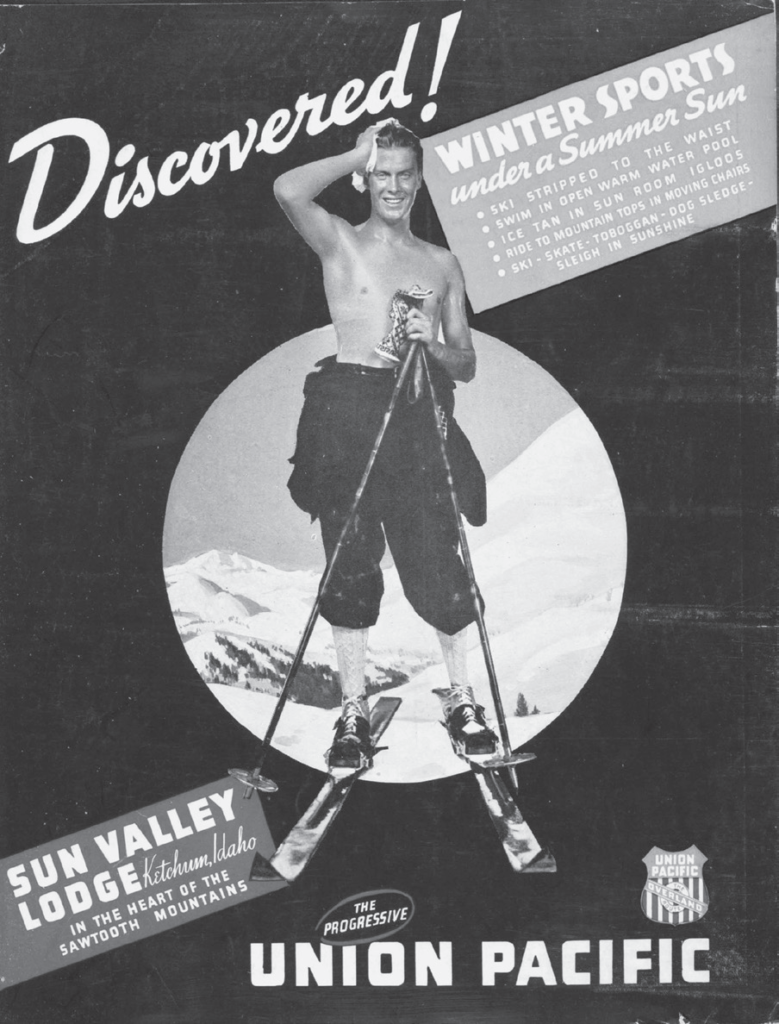
Steve Hannagan’s famous ad, “Winter sports under a summer sun,” emphasized sun and warmth and not the cold and snow the Florida native disliked. Hannagan designed a plan to make Sun Valley an icon for winter sports and snow, like Florida was for sun, by using celebrities, attractive women, Olympic stars, and monied families. (Courtesy Union Pacific Museum.)


